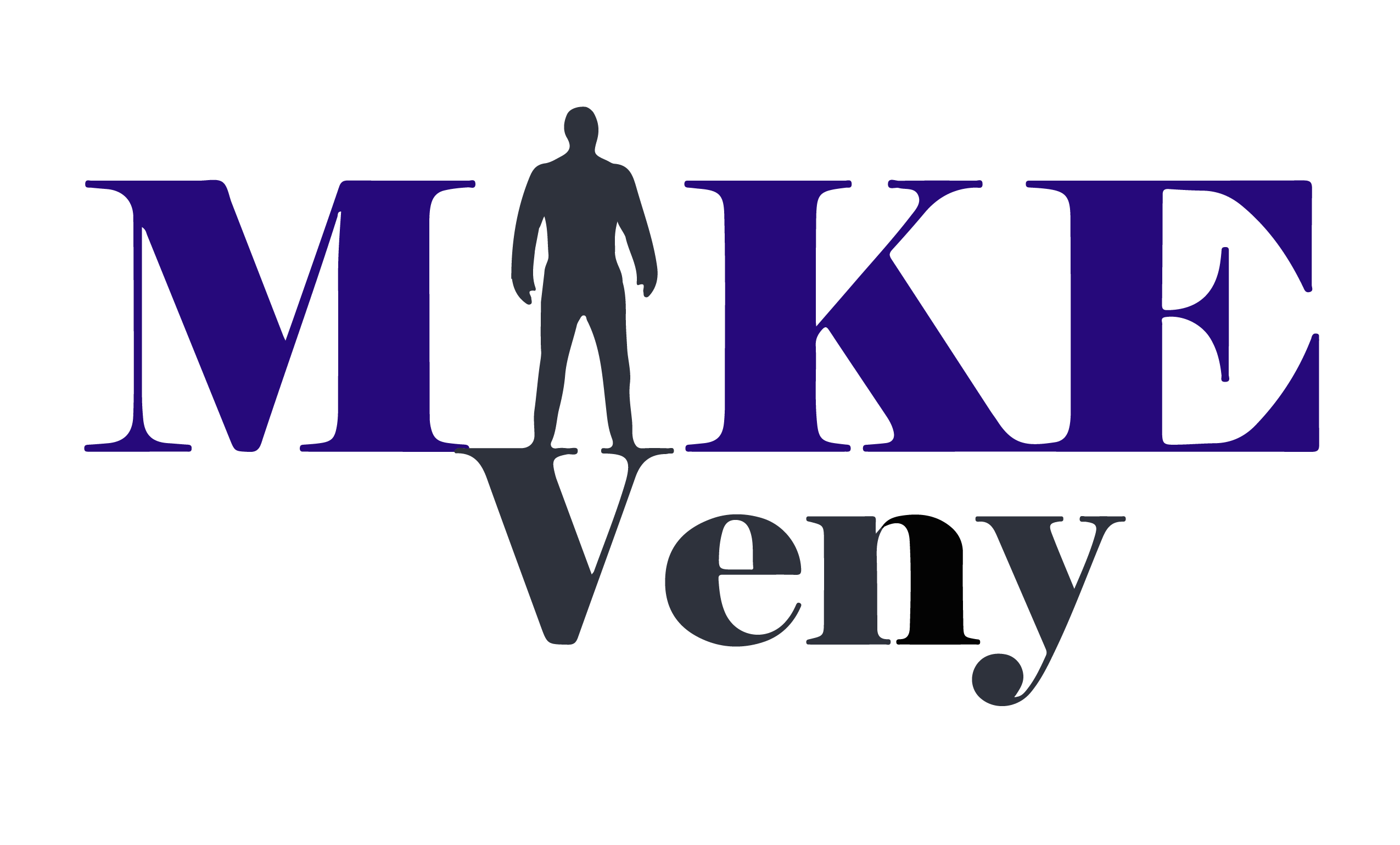
In today’s world, there’s no greater talent shortage than in the field of human resources. This shortage is not only in the U.S. and Western Europe but also in other global locations like India. These different locations, of course, represent the fastest-growing markets for businesses. To tap into these markets, companies will operate in these locations increasingly. That’s why now is the time to build a positive, supportive employee culture.
How do you build a positive employee culture? To begin, start with understanding what a positive employee culture looks like. While culture can seem like a strange and intangible topic, it’s somewhat manageable.
Think of employee culture as the people who come together to do your company’s work. Essentially, your culture is what people expect, feel, and respond to when they’re part of your organization. It’s not just the silly jokes employees make or the silly hats they wear. It’s the entire company-level experience that employees feel and respond to.
A study conducted by OC Tanner found that employees’ satisfaction with their firms’ culture had an average score of only 65 out of 100 when measured on a scale from 1 to 100.
The likelihood of revenue growth of 15 percent or more over three years is 1.5 times higher for organizations with healthy cultures; the possibility of significant stock growth over the same period is 2.5 times higher for healthy cultures. Only 31% of HR leaders believe their firms have the culture necessary to drive future business, and getting there is no easy undertaking – 85% of organizations fail when attempting to reform their cultures.
So what do you need to do as an organization going forward?
What Is a Positive Employee Culture?
Building a positive employee culture is an integral part of any company’s growth. Every company wants to create an environment where people feel valued and appreciated. This can be difficult when you have employees in different locations. Even though you may not be able to ship everyone to one location, there are still steps that you can take.
A positive employee culture is having your employee’s best interests at heart and doing what you can reasonably do to make sure their time at work is beneficial to both them and the company. It is about making sure everyone is happy, confident, and competent in their job roles and that their needs are being met to cultivate their abilities and grow personally and professionally in a respectful environment.
To build a positive culture, leaders need to communicate with their employees about the importance of culture and what they need from the workforce. Employees should understand what their role is in building the organization’s culture. They need to know how they fit into the success of the company.
Why Is a Positive Employee Culture Important?
What kind of employee culture do you want to foster? To answer that question, think about a company that you most admire. What is it about them and the people that set them apart from competitors?
As companies grow and reach new markets, the need for a positive employee culture becomes even more critical. A positive employee culture fosters loyalty, team spirit, and drive. When employees have a great time at work, they’ll be more likely to stick around. And when they stay with your company for an extended period, they can become brand ambassadors and help market the company’s products or services.
Culture also impacts retention rates, so it’s so essential to build a positive culture wherever your business operates. A workplace filled with company pride will have higher retention rates, mean fewer turnover costs, more qualified employees, and reduced time spent recruiting new talent.
In addition to making employees more loyal, a positive employee culture will make employees feel like they have an impact on the success of your organization – which will make them happier in general!
Another view is that the better your company is to work for, the more you will gain a reputation for being a good employer. Now more than ever, consumers focus on the ethics behind the company and what goes on behind the scenes. Having nothing but good vibes and positive reactions will support brand confidence and encourage consumers to purchase from your or other businesses to partner with you.
5 Steps to Build a Positive Employee Culture
Make it clear. Employees must know what they should expect and what they’re signing up for. That doesn’t mean you have to spell out every policy and expectation, but you need a certain clarity level. Let people know about your values so that you can model them for others.
Encourage collaboration. Some companies are built on hierarchy and promote competition among employees for advancement. Other companies emphasize teamwork and group problem-solving. Which one is more successful? The answer largely depends on the type of industry in which the company operates. However, research has found that, in general, organizations with positive working relationships enjoy higher levels than those with negative ones, regardless of industry type. It’s important to encourage collaboration among employees by creating an environment where ideas are valued, and all opinions are heard.
Create self-awareness. One of the reasons employee culture is so difficult to manage is that it can be hard to see it when you’re inside of it – especially if that culture is harmful or toxic. The best way to build a positive employee culture is by fostering self-awareness in your organization through surveys, feedback sessions, or constructive conversations around important topics like diversity and inclusion.
Implement regular reviews. One way to ensure employees meet expectations is through regular performance reviews (in person or virtual), which help clarify objectives and discuss successes. This helps identify opportunities.
Embrace diversity. Diversity within the workforce allows people to learn and be able to better connect with others. Allowing employees to celebrate who they are and be comfortable at work can help them be at their best every day. Imagination and creativity are often borne from people’s past and experiences in life, and this can all be useful within the working environment. Make sure to allow your employees to be authentic at work and stay true to their own selves, religious beliefs, or cultural differences at all times.
Strategies for Building a Positive Employee Culture
What are some strategies for building a positive employee culture?
There’s no one correct answer when it comes to building a positive employee culture, but here are just a few tips to get you started:
- Offer perks and benefits that set your company apart from others in the industry. Whether unlimited time off or free lunch on Fridays, find ways to engage your employees and make them feel special.
- Provide recognition for accomplishments. If an employee does something exceptional, show them how much you care by letting them know they’ve positively impacted the company.
- Keep your office environment fun. Ensure there’s room for growth and change, and make sure that the space is inviting and comfortable.
- Encourage employees to take risks. Companies must allow people to try new things. There might not be a successful outcome every time, but taking risks will enable people to learn what works and what doesn’t work in their field of work.
- Encourage appropriate conversations and discussions within the workplace. This will support effective workplace communication regardless of the topic. If everyone knows how to communicate irrespective of their position effectively, things will run more smoothly. This needs to cover verbal and written communication in emails, collaborations, and external communications.
- Provide ways for employees to engage with the company. You can create a positive work environment by giving employees ample opportunities to engage with your company. This could come through simple things like publishing an email newsletter or providing feedback forms so they can tell you what they like about their job and where they think the company could improve. You don’t need to create an elaborate system for this—just something modest will do the trick.
- Show appreciation every day. Compliments are one of the best ways to build morale among your employees, yet few businesses take the time to compliment their employees daily. A simple thank you goes a long way towards improving employee morale! Complimenting someone for doing a great job, volunteering for extra responsibilities, or going above and beyond makes them feel appreciated and valued as part of the team.
The Bottom Line
To build a positive employee culture, you must have the right people. Your managers and employees must care about each other and work together. You can also implement programs or activities that will help build camaraderie. These activities can range from complimentary meals outside of work events to company-sponsored sporting events. The point is to bring people together regularly so they feel like they belong to something bigger than themselves.
The most important takeaway is that you need happy employees if you want a successful company. And there’s no easier way of getting them than building an influential, value-driven corporate culture.



